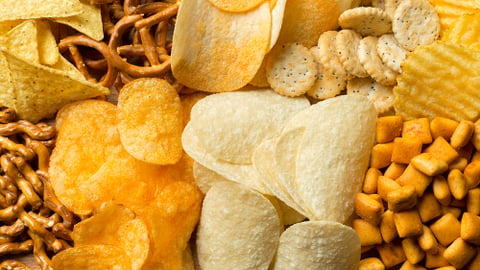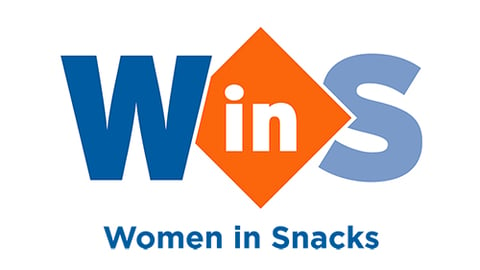Snacks Evolve Into Own Eating Occasions: Report
Snacking is no longer seen as a guilty pleasure, but has instead become an eating occasion in its own right, and snack foods will continue to evolve to meet the needs of constantly on-the-go consumers, according to the “Future of Snacking” report from The NPD Group.
Americans consumed nearly 386 billion ready-to-eat snack foods last year, with the vast majority of those items eaten between main meals, and snack food growth is happening at most dayparts, with more use at meals and as meal replacements.
“Snack foods continue to evolve both as between-meal snacks and as part of main meals,” said David Portalatin, food industry advisor at Port Washington, N.Y.-based NPD. “Each of these snack food roles is changing in different ways in reaction to Americans’ desire for balance, portable snack foods and holistic wellness.”
The report, which looks at snack food consumption over the next five years, finds that snack foods that will grow in the near term are ones that embody wellness benefits, like snacks with more protein; portable snacks that fit into busy lives; and ones that feature unique flavor mashups. Even indulgent snack foods are staging a comeback by walking a line between health and enjoyment. Low-calorie, high-protein ice cream is one such example of a beneficial snack food that meets consumers' desire for decadence. Brands that support moderation as a rationale to indulge are also benefiting, like thinner versions of cookies.
The report also found that consumers' snack food choices aren’t limited strictly to flavor. Emerging attributes for snack food consumers are items that encompass uniqueness and sensory elements such as texture, heat and aromatics.
“Snacking is no longer just about eating when you’re bored, or eating for additional sustenance,” added Portalatin. “Today and in the future, snacking is about solving small problems for consumers, and those problems present opportunities for food marketers across a variety of dayparts and needs.”





